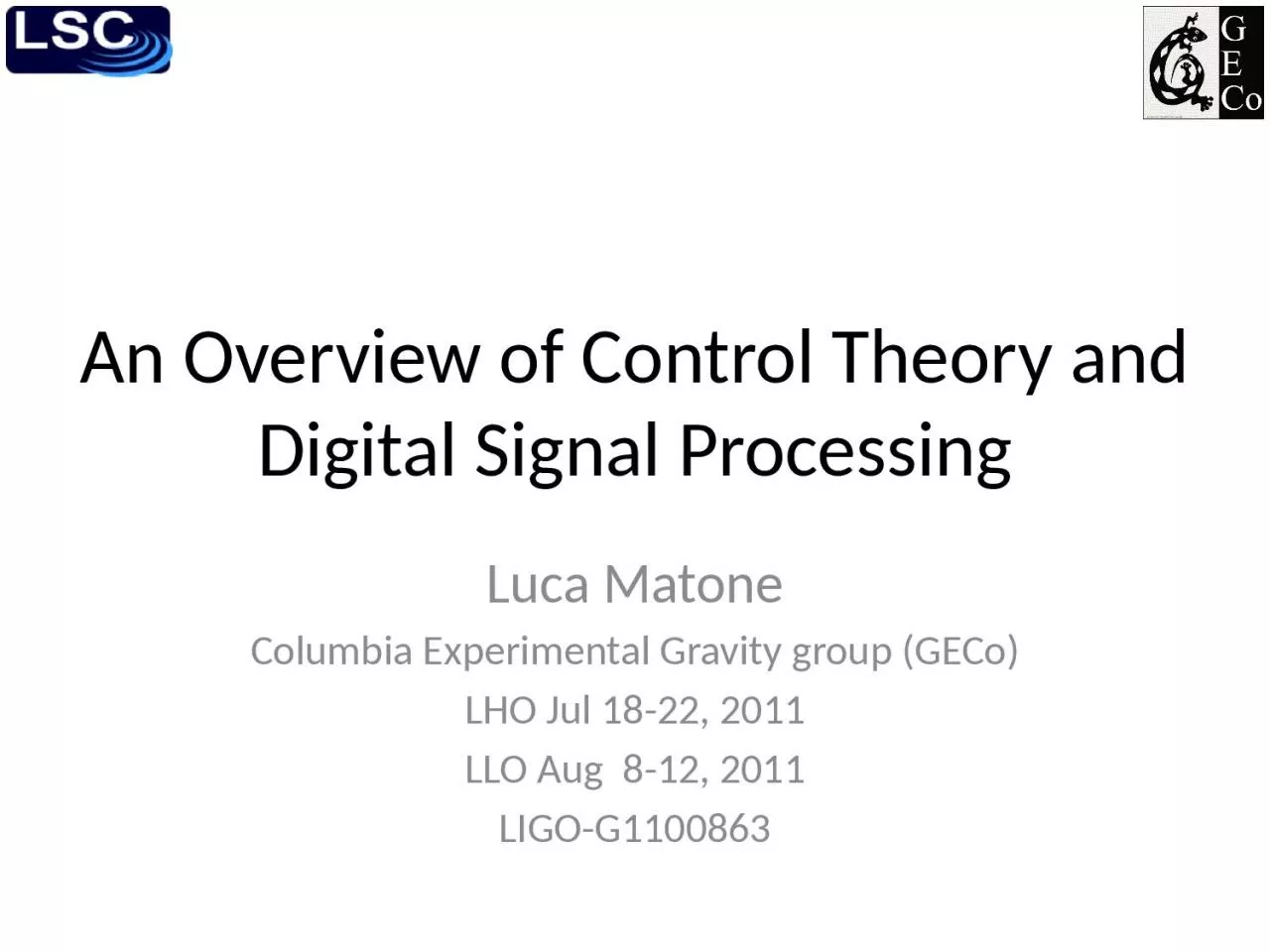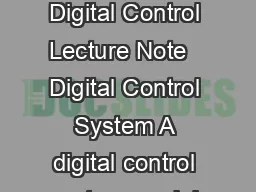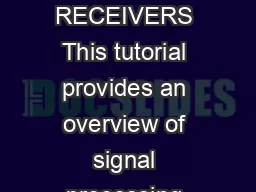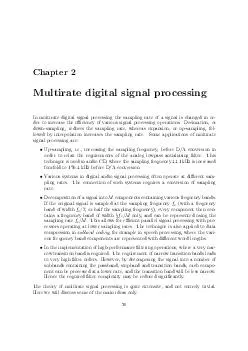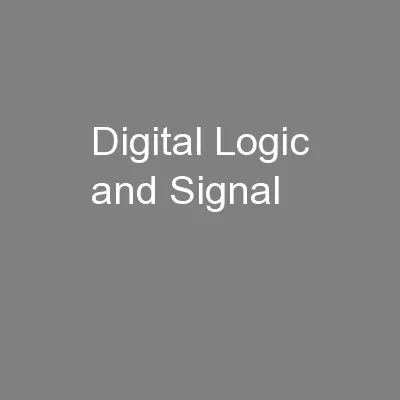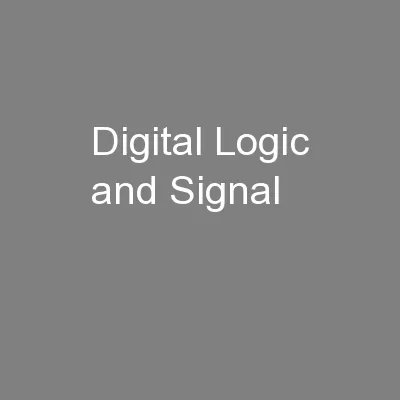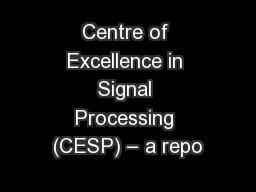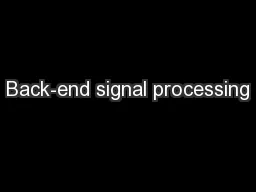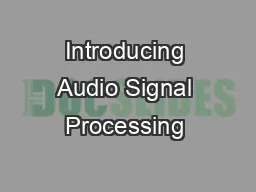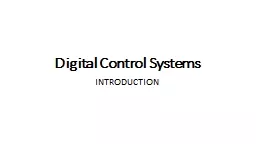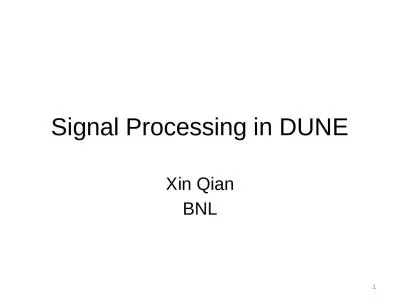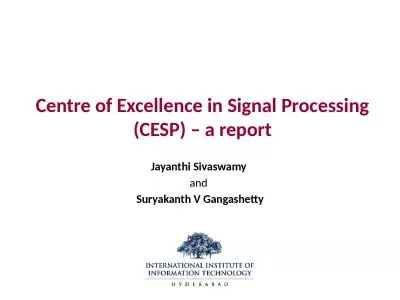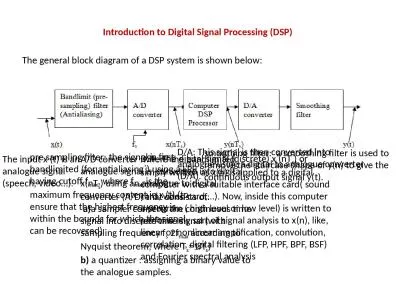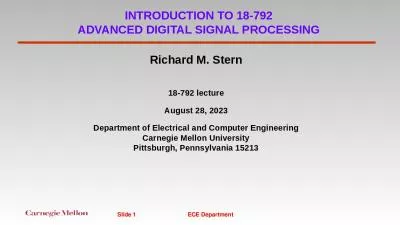PPT-An Overview of Control Theory and Digital Signal Processing
Author : ximena | Published Date : 2023-06-26
Luca Matone Columbia Experimental Gravity group GECo LHO Jul 1822 2011 LLO Aug 812 2011 LIGOG1100863 Day Topic Textbooks 1 Control theory Physical systems models
Presentation Embed Code
Download Presentation
Download Presentation The PPT/PDF document "An Overview of Control Theory and Digita..." is the property of its rightful owner. Permission is granted to download and print the materials on this website for personal, non-commercial use only, and to display it on your personal computer provided you do not modify the materials and that you retain all copyright notices contained in the materials. By downloading content from our website, you accept the terms of this agreement.
An Overview of Control Theory and Digital Signal Processing: Transcript
Download Rules Of Document
"An Overview of Control Theory and Digital Signal Processing"The content belongs to its owner. You may download and print it for personal use, without modification, and keep all copyright notices. By downloading, you agree to these terms.
Related Documents

